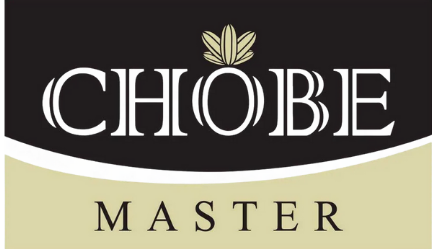
Reaching the six-month mark is a significant milestone in your baby's development, not just for their physical and cognitive skills, but also for their diet. This is often the time when parents start introducing solid foods to their baby’s diet. Here’s a comprehensive guide on how to navigate this exciting new phase.
Signs Your Baby is Ready for Solids
Before you start, it’s important to ensure your baby is ready for solid foods. Look for these signs:
- Good Head Control: Your baby should be able to hold their head steady and upright.
- Sitting with Support: They should be able to sit up with minimal support.
- Interest in Food: Your baby may show curiosity about what you’re eating, reaching for food or opening their mouth when food is offered.
- Loss of Tongue-Thrust Reflex: This reflex, which pushes food out of the mouth, should be diminishing, allowing your baby to swallow food more easily.
First Foods to Introduce
Start with single-ingredient purees that are easy to digest and unlikely to cause allergic reactions. Here are some great first foods:
-
Vegetables: Pureed carrots, sweet potatoes, peas, and squash are nutritious and mild in flavor.
-
Fruits: Pureed apples, pears, bananas, and avocados are also good choices.
- Grains: Iron-fortified single-grain cereals like rice or oatmeal can be mixed with breast milk or formula.
How to Introduce Solids
When introducing solids, follow these steps to ensure a smooth transition:
-
Start Slowly: Begin with one meal a day, gradually increasing to two or three meals as your baby gets used to solid foods.
-
Small Amounts: Offer small spoonfuls, about one to two tablespoons, and watch how your baby responds. It’s normal for them to spit some out at first.
-
Wait Between New Foods: Introduce one new food at a time and wait three to five days before introducing another. This helps identify any potential allergies or sensitivities.
- Observe and Adjust: Pay attention to your baby’s reactions. If they show signs of allergies such as rashes, vomiting, or diarrhea, stop the new food and consult your pediatrician.
Maintaining a Balanced Diet
As your baby gets used to solid foods, aim for a balanced diet that includes a variety of nutrients:
-
Iron: Crucial for development, found in iron-fortified cereals, pureed meats, and beans.
-
Vitamin C: Helps with iron absorption, found in fruits like oranges and strawberries.
- Healthy Fats: Important for brain development, found in avocados and full-fat yogurt.
Continuing Breastfeeding or Formula
At six months, breast milk or formula should still be the primary source of nutrition. Solids are meant to complement, not replace, milk feedings. Aim to offer breast milk or formula before solid meals to ensure your baby is getting the necessary nutrients.
Tips for Successful Feeding
Here are some tips to make the transition to solids smoother for both you and your baby:
-
Create a Routine: Establish a consistent feeding schedule that aligns with your baby’s milk feedings.
-
Stay Calm and Patient: Your baby is learning a new skill, so patience is key. Avoid forcing food and let your baby set the pace.
-
Encourage Self-Feeding: As your baby becomes more comfortable, allow them to try self-feeding with soft finger foods to develop their motor skills.
- Keep it Fun: Make mealtimes enjoyable by sitting together and showing enthusiasm. Your baby will be more likely to try new foods if they see you enjoying them too.
Conclusion
Introducing solid foods at six months is an exciting and important step in your baby’s development. With careful planning and attention, you can ensure a smooth transition that supports their growth and sets the stage for healthy eating habits. Remember, every baby is unique, so be flexible and responsive to your baby’s cues as you navigate this new phase together.

